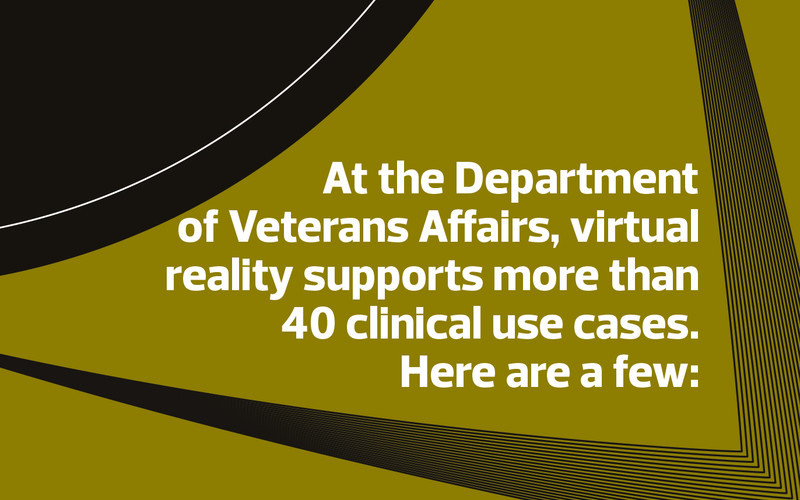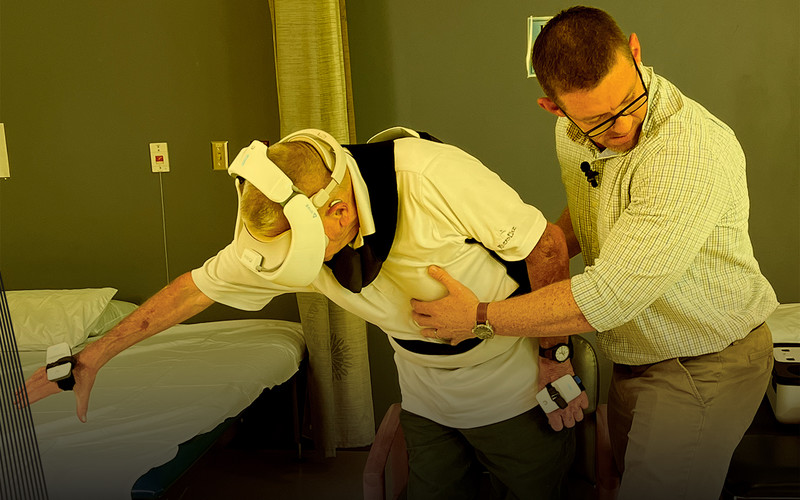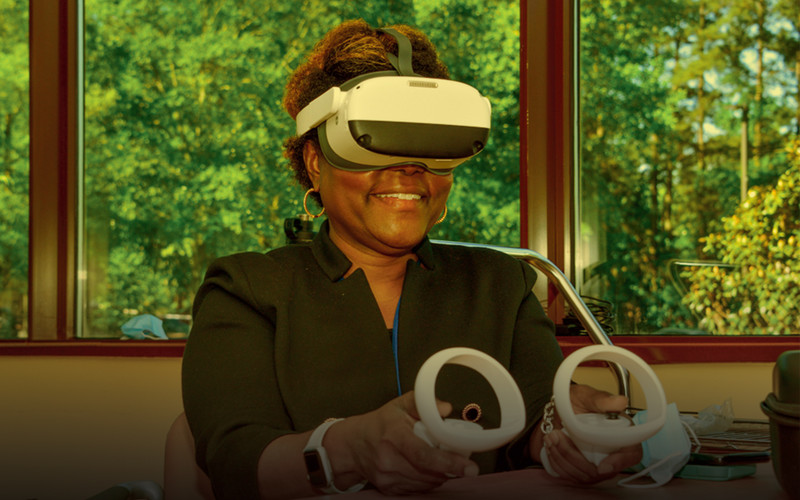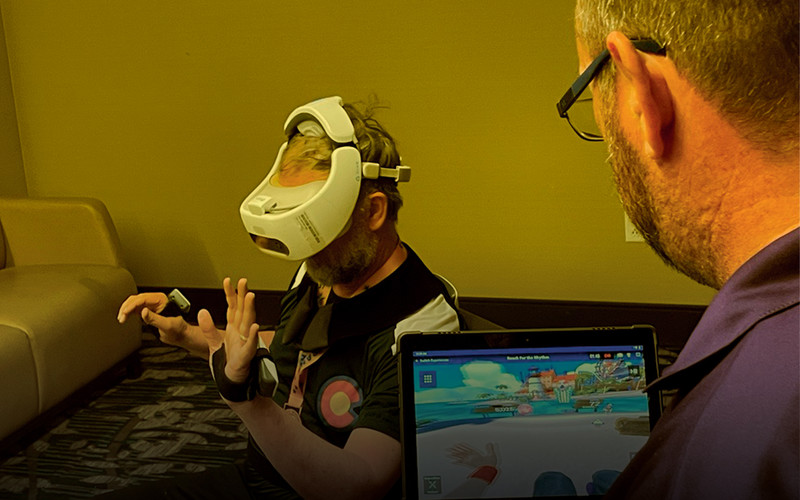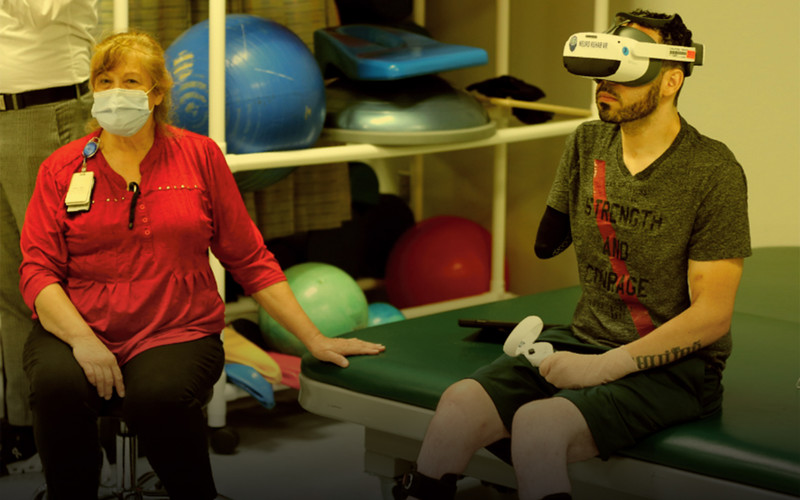New Applications for a Pandemic-Tested Technology
Dr. Joseph Kvedar, immediate past chair of the American Telemedicine Association, says that the COVID-19 pandemic taught clinicians which use cases made the most sense for telehealth.
But even as healthcare providers settle into this new normal, he says, clinicians and IT vendors are continuing to explore ways to expand use cases by incorporating technologies such as virtual and augmented reality.
“There are great applications for virtual reality, particularly in behavioral health and for conditions such as phobias,” Kvedar says. “Overall, behavioral health is a good application for telehealth, because even the diagnostic exam usually involves talking to the patient, which you can do over video.”
The Asheville VA pilot kicked off in March with just a handful of veterans, but Rawlins says early results are promising. For one, she says, patients are more likely to adhere to their physical therapy programs when their at-home sessions don’t feel like work. In one module, veterans play a pinball game with their feet.
EXPLORE: Learn how the Internet of Things can impact agency security.
Some veterans also use their VR headsets for apps that provide a distraction to help with pain management — potentially helping them to reduce their reliance on medication.
This “productive distraction,” as Rawlins calls it, also helps users overcome previous limitations. For instance, some have improved their range of motion without realizing it while using a VR app.
“I’ve seen patients who have chronic shoulder issues trying to lift a baby bird into a nest in virtual reality, and all of a sudden they're able to lift their arms higher than they have in 20 years,” she says. “They're not focused on that fear of movement or that fear of pain.”
The applications and sensors from XRHealth that are being used in the VA pilot are compatible with a number of headsets, including the HP Pico Neo and the HTC Vive Focus. As the veterans use the apps, clinicians can not only monitor their progress but also make tasks easier or more difficult as needed.
Rawlins predicts that telehealth will continue to incorporate more technologies beyond video. “We’re already seeing that shift,” she says. “There’s a lot that you can do with the technology, and I think we’re still just scratching the surface of what is possible.”







